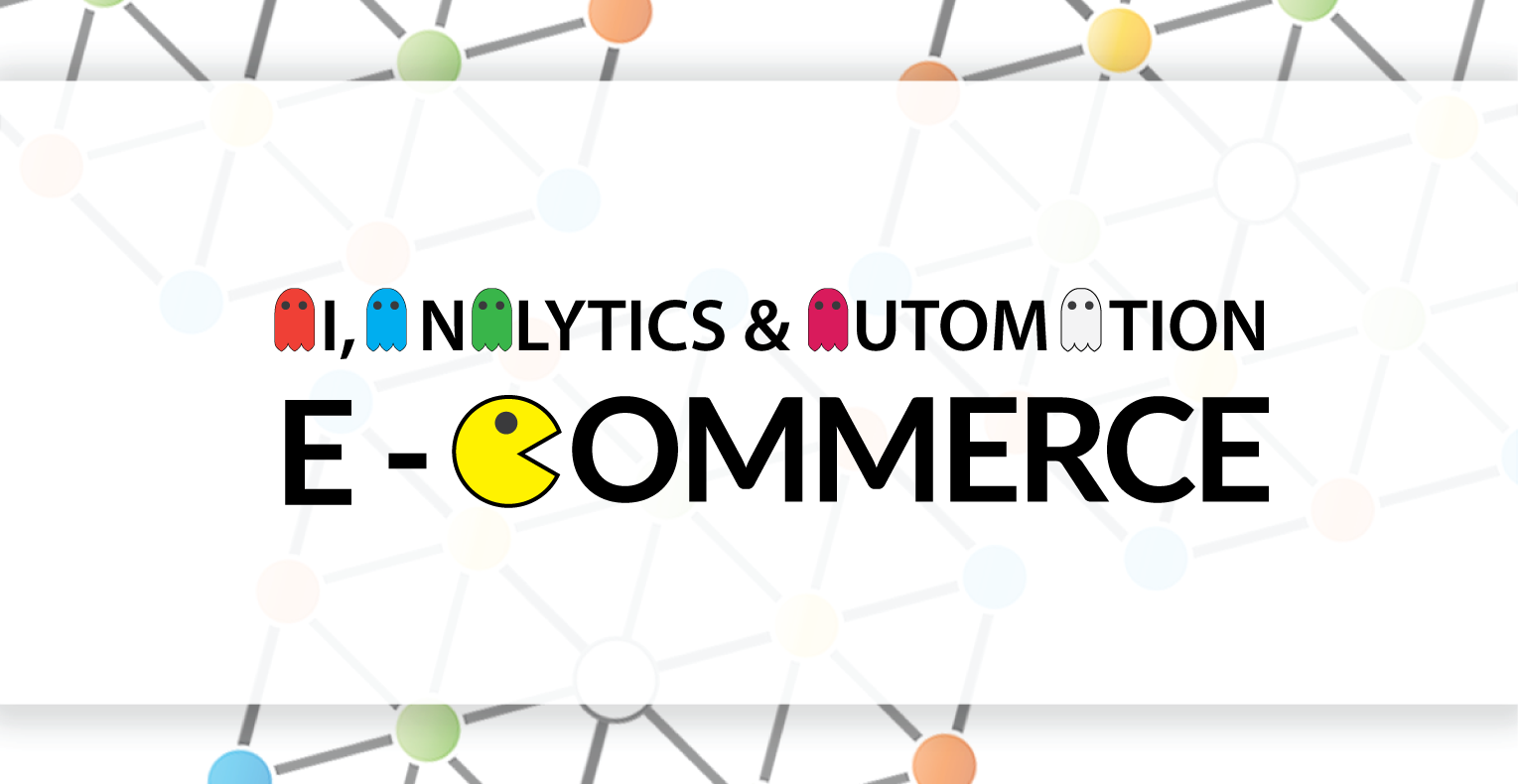
Artificial intelligence has, all of a sudden, become the next big thing. It is not so much sweeping across our world as seeping into it, with a combination of enormous computing power and the deep learning techniques promising to reshape our lives.
2016 was the year of AI awareness, introducing consumers to the idea of AI in a more mass-market way, while 2017 will be the dawn of the AI era or “the autonomous era” (as we call it). Whether sophisticated AI turns out to be friend or foe, we must come to grips with the possibility that as we move further into 2017, the greatest intelligence on the planet may be silicon-based.
But can we use this extensively to deliver something that people actually “do” want?
Today’s “I want more” customer
The current customer landscape does not have any room for generic ads, messages or even press releases. These new-age customers want brands to offer when they want it, how they want it and what they want. These new-age empowered consumers are reshaping business strategies and they want, sorry, scratch that, they demand consistent and high-value in-person and digital experiences. They don’t care if building these experiences are hard and requires complex approaches, for they want immediate value, and if it is not delivered, they have no qualms going elsewhere.
Let’s consider an example. A businessman gets an invite to an event in Bangalore. He goes to a travel portal to book his flight tickets. The travel portal analyses the data collected from past interactions and offers hotels in and around of the event. If this was not to happen, and the consumer was confused, he would immediately switch brands that would offer products or services aligned to his requirements. This means that to deliver this, you need to have all the data at your fingertips, data about what people do on your website, data about their behavior and interactions, etc. to be able to leverage user experience and yield a more personal brand relationship. The difficult part, breaking this customer genome, is not easy.
These dynamic digital consumers prefer using tech driven features like digital voice assistants across channels. Remarkably, this interest is not limited to the younger generation, for research found about one-third of every age group are interested in using AI driven capabilities. The new digital consumers trust tech with multiple tasks, from handling medication reminders, to managing itinerary, targeted news and manual labor and mechanics. Today, more than 62% of consumers are okay with AI-enabled products responding to their query, even if they still conjure up an image of a robot every time the word “AI” pops up.
Customer, Brands, Marketing, and AI
Companies need to tap into AI and machine learning to hyper-personalize their services that would deliver on today’s digital consumers’ expectations. As consumers seek heightened experiences and their intrigue with AI/VR enabled products remain, it would become imperative for organizations to find new ways that nurture customer relationship by leveraging new technologies. The difficulty was that even if 77% of marketers believed in the powers of real-time personalization, 60% of them struggled to personalize content real time.
While the benefits of AI enabled applications include time saving, ease, convenience and ability to do tasks that are considered risky for humans, have clearly built some amount of trust, marketers have to be careful while they leverage AI for personalization. They cannot risk setting off alarm bells that the tech is in some way harming them or be the death knell of society. Moreover, there is a need to maintain an artful balance between the art of education and promotion.
The premise of AI is such that it is not surprising to see new AI-powered platforms surfacing every day. This complicated market landscape, fueled by AI-enabled applications are allowing brands to drive interactions and improving discoverability of assets.
Its just a beginning – Still a long way to go
This year will see people-machine relationships become more pronounced, nuanced, fluid and yet deeply personalized. AI systems will learn to adapt to individual personalities and goals and strive to address the demand of putting smart products and services into their pockets, homes, inboxes and more.
A super-intelligent AI could solve problems that even the brightest humans are unable to solve, but being made of a different substrate, would it have conscious experience?




